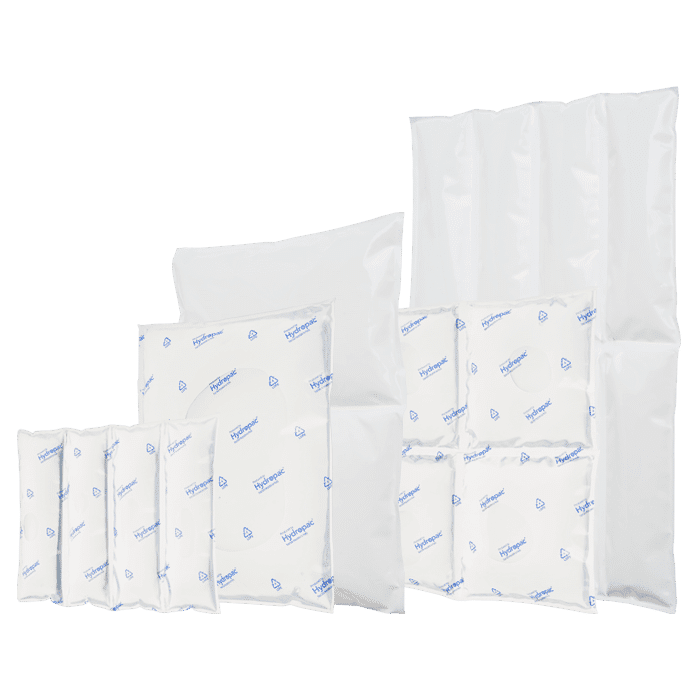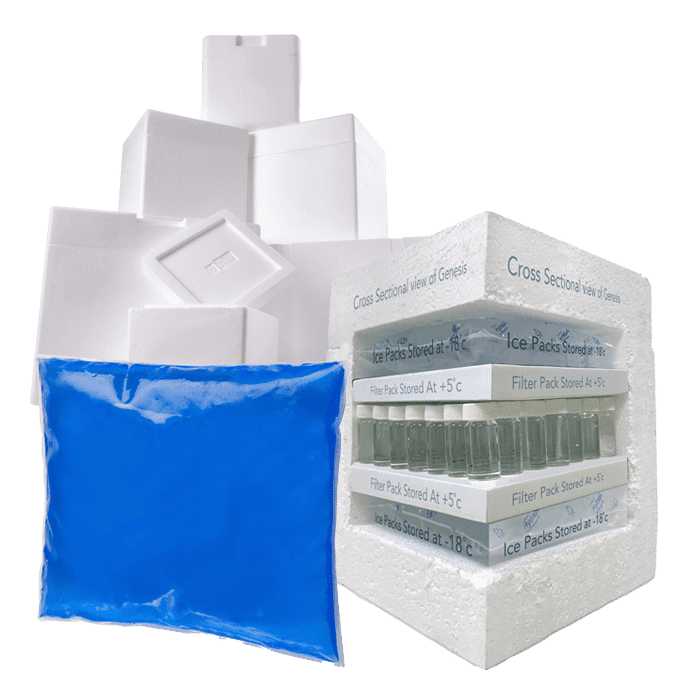Eco-Friendly Packaging Can Save The Planet & Your Business: Here’s How
Product packaging is a critical element of any business, providing a silent voice to your branding. But, at the same time, it makes its way into your customer’s hands and minds, so it’s important to make the right impression. Your brand identity is communicated via design elements and the like, but you can add an extra facet to your packaging; the eco-friendly materials it’s made up of.
There’s plenty to consider before making the switch, however. On the positive side, you’d be helping to ease the strain the planet is currently under, and your public profile will look great while doing it. However, there can be more expensive costs to contend with, so here’s what you’ll be facing now that you’re considering making this move.
Sustainability can secure your company’s future
Through their own volition or due to legislation, many businesses have changed the way they operate, adopting a more sustainable approach that carries better long-term benefits.
Custom chilled solutions for you
Hydropac offers every customer a customized solution for chilled and conditioned shipping. For example, we help a customer with limited freezing capacity to deliver gel packs frozen and ready to use, and we can manufacture almost all shapes and sizes of cooling elements. As a customer, you come first: we are here to help you.
Apart from the obvious benefits such an approach has on the planet, there’s also the bottom-line aspect to consider. A 2022 Deloitte study shows that consumers are “being more proactive in their pursuit of adopting a more sustainable lifestyle…by choosing brands that have ethical or environmentally sustainable practices and values”.
On the other side of this coin is that the companies and brands that don’t embrace these practices risk being left by the wayside. The same study shows that people rate item packaging and products as the most important regarding sustainable and ethical practices. Evidently, this is a factor in people’s decision-making process that’s here to stay, and rightfully so.
The pros of eco-friendly packaging
Apart from securing your company’s profit margins thanks to returning customers happy with your sustainable approach to business, there are other benefits to consider. For example, ocean plastic pollution is a global problem that needs dealing with. Switching to biodegradable or recycled packaging helps reduce the amount of plastic making its way there.
Fewer carbon emissions are released in eco-packaging production, so embracing this practice means you lessen your carbon footprint. Also, if you opt for biodegradable packaging, it will eventually break down entirely in industrial composting facilities.
Something else to consider is the toxins and allergens found in traditional packaging, such as PCBs and dioxins.
Created from synthetic and petrochemical materials, they could release toxic chemicals when heated. This could harm people when ordering takeout food packaged in Styrofoam containers, for example. On the other hand, biodegradable packaging is composed of allergy-free and non-toxic materials, so switching to paper or cardboard packaging benefits both the health of the planet and its people.
In the long-term, it also makes sense financially, despite any higher initial costs. This is because the total amount of material needed will probably be less than what you’re currently using, and reducing this volume also solves a logistical headache in terms of transit and storage costs, leading back to the point of increased profit margins.
What constitutes “eco-friendly” packaging & is it worth it?
There’s a plethora of eco-friendly packaging options, but some examples are:
- Reusable packaging: add a label to your packaging item describing how customers can use it once it’s served its original purpose and could transform it into something else once it’s been used.
- Compostable packaging: makes use of materials that boost soil health when disposed of correctly. In 2019, pharmacy giant Boots stated it would start using fully-compostable bags made of potato starch instead of
Sustainability Hydropac and CSR
Sustainability isn’t just a trend for us – it’s a promise. As we innovate, create, and lead, we keep our planet’s well-being at the forefront. With Hydropac, you’re not just preserving the quality of your cargo; you’re contributing to a healthier world.
Experience the power of sustainable temperature assurance with Hydropac – where excellence and environmental responsibility coexist for a brighter future.




